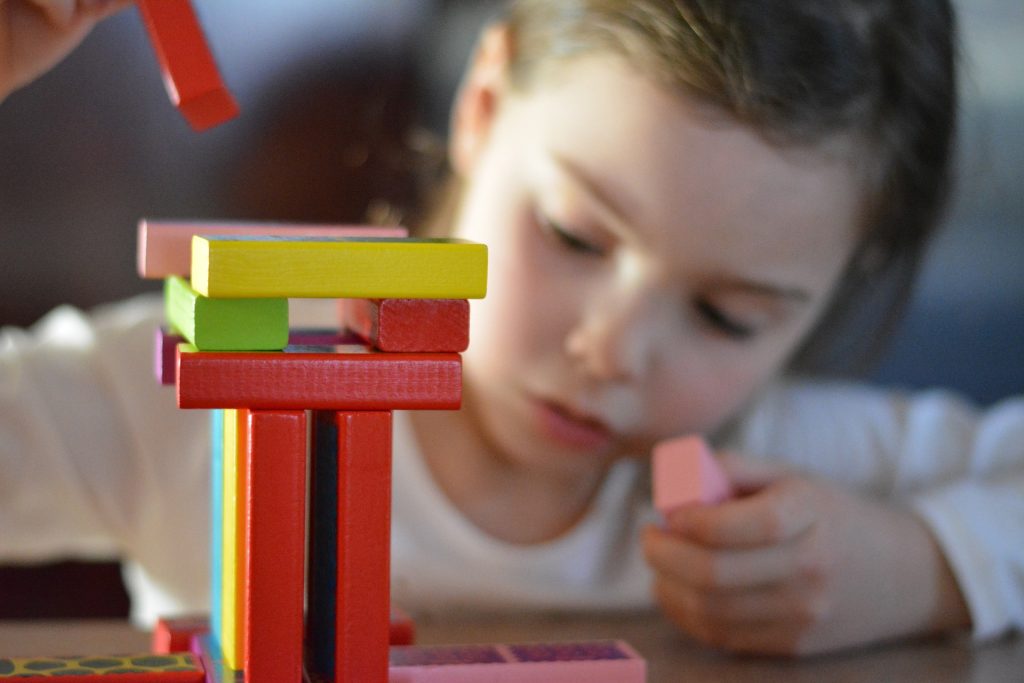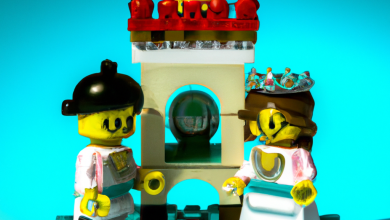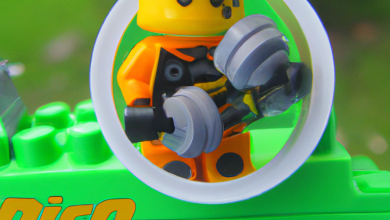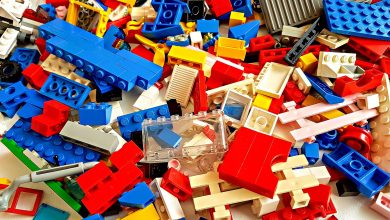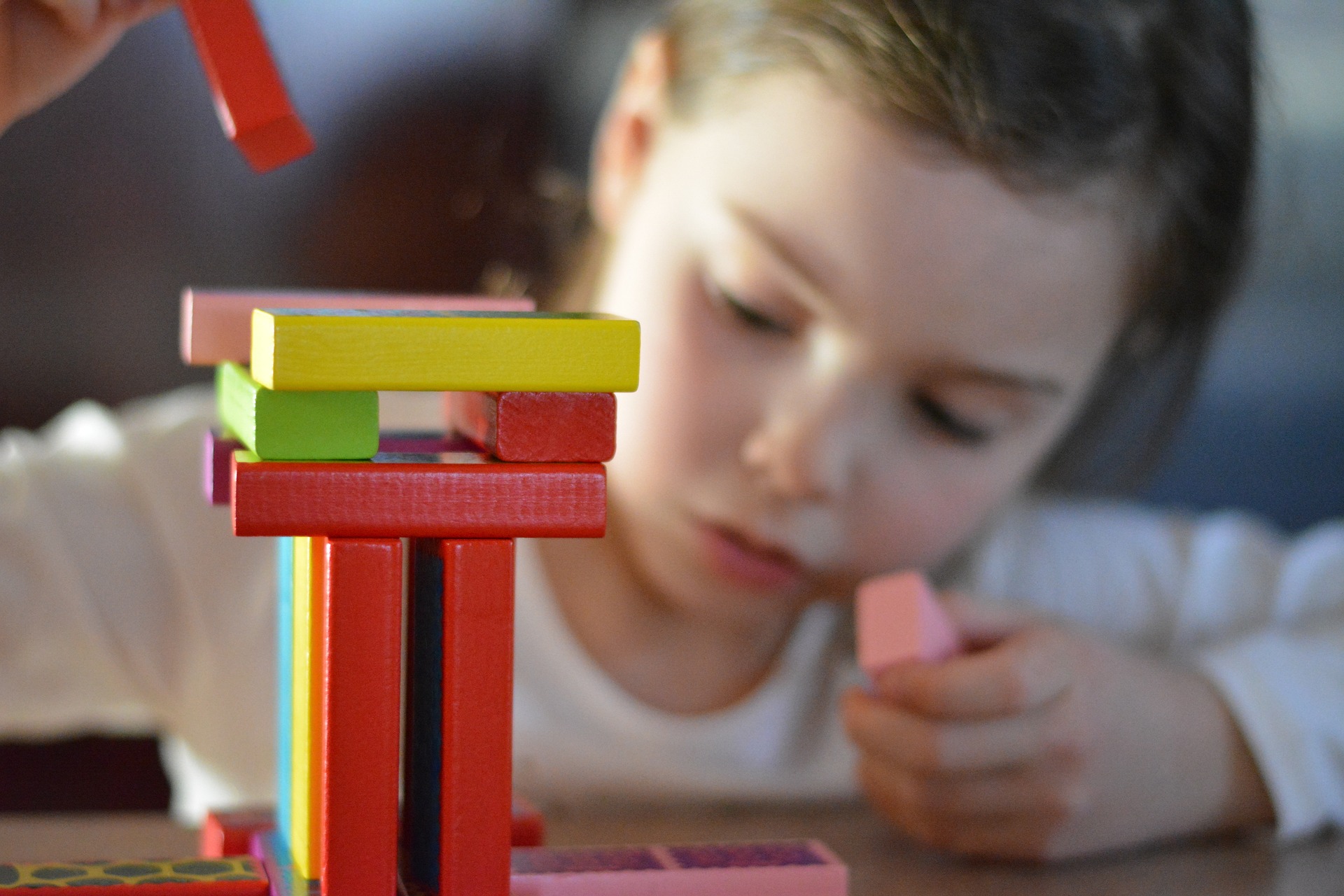
I. Introduction
Play is essential for a child’s development. It is a natural way for children to learn and explore their surroundings. Playing with toys is one of the ways children engage in play. Toys provide endless opportunities for children to engage and use their imagination creatively.
At its core, play is an incredibly vital aspect of child development. Children of all ages need to engage in play to develop physical, cognitive, emotional, and social skills. Play helps children learn to interact with the world around them, develop relationships, and express themselves in a variety of ways.
Playing with toys is an integral part of child development. From infancy to adolescence, toys provide numerous opportunities for children to explore and learn. Playtime with toys aids in the development of fine and gross motor skills, creating healthy habits, and problem-solving skills.
Children need to engage in physical play as well. Gross motor skills, which are the skills required to move large muscles and complete activities, are developed through physical activities such as climbing, jumping, or running. Toys such as balls, climbing structures, bikes, and tricycles can help children develop these skills while allowing them to engage in a fun and challenging activity. Fine motor skills, which are the skills required to use small muscles and complete tasks such as writing or fastening clothing, can be developed through activities such as playing with building blocks, puzzles, or arts and crafts.
Playing with toys also benefits cognitive development. Toys like construction sets, board games, puzzles, and play-dough help to develop problem-solving and critical thinking skills in children. These activities challenge children to think creatively, improve their reasoning abilities, and spark their curiosity for learning.
In addition to cognitive development, toys can benefit emotional development. Emotional development is essential for creating healthy and positive relationships with others. Toys provide children with opportunities to develop social and emotional skills in a safe and nurturing environment. For instance, playing with dolls, action figures or toy kitchens could allow children to practice essential social-emotional skills such as empathy, negotiation, cooperation, and communication.
Finally, toys also help promote language development. Language development is crucial for building communication skills, expressing emotions, sharing ideas and creating connections with people. Toys such as books, puzzles, word games, and multilingual toys facilitate the development of language skills in children. These toys help build vocabulary, comprehension, and communication skills.
In conclusion, play is essential for a child’s development. Toys are an incredible tool for promoting play, creating a fun and safe environment for children to learn and grow. Playing with toys provides numerous benefits for children, including physical, cognitive, emotional, and language development. Parents should prioritize providing their children with toys that promote learning, creativity, and healthy habits. Remember that playing with your child is also important to create bonding activities and help them develop their social and emotional skills. By embracing playtime, parents can create happier, healthier, and more confident children.
II. Physical Development
Playing with toys is not only fun for children, but also has numerous benefits for their physical development. Toys that require physical movement can help children develop both their gross motor and fine motor skills.
Gross motor skills development can be encouraged through toys like balls, bikes, and climbing toys. Playing with these types of toys involves running, jumping, throwing, and balancing, which all help children build strength, coordination, and endurance. For example, playing with a ball can help children develop their hand-eye coordination as well as their throwing and catching skills. Similarly, riding a bike provides the opportunity to develop balance and improve leg strength, while climbing toys allow children to build upper body strength and coordination.
On the other hand, playing with building blocks and puzzles can help develop fine motor skills. Building blocks encourage the development of hand-eye coordination, as well as the ability to use fingers and hands with more precision. Puzzles, meanwhile, promote the development of problem-solving skills as children learn how to match shapes and colors together.
Overall, toys that promote physical activity can be incredibly beneficial for a child’s physical development. Playing with toys that require movement not only helps children develop their fine and gross motor skills, but it also promotes a healthy lifestyle and can help prevent childhood obesity.
In addition to the physical benefits, playing with toys that require movement can also enhance cognitive development. Children can learn cause-and-effect relationships, problem-solving skills, and hand-eye coordination through play. Therefore, it is important for caregivers to provide children with opportunities to engage with and learn from a variety of toys.
III. Cognitive Development
Toys are not just a source of entertainment for children, but also a tool for cognitive development. Cognitive development refers to the intellectual abilities and mental processes such as learning, problem-solving, and decision-making. Playing with toys helps children develop problem-solving and critical thinking skills through toys like board games and construction toys.
Board games help children learn and practice problem-solving skills. Board games like chess, checkers, and Monopoly require children to think ahead and create a strategy to win the game. They also learn to analyze situations, weigh options, and make decisions. These skills are essential for academic success, as they help children understand complex math and science problems, develop creative writing skills, and improve reading comprehension. Board games also improve social skills and encourage collaboration and communication with others.
On the other hand, Construction toys like Legos and building blocks also help children develop problem-solving skills by promoting spatial awareness and creativity. These toys are particularly helpful for developing fine motor skills and hand-eye coordination. Children learn to build structures imaginatively, following instructions or creating their designs, and then analyzing what has worked and what hasn’t helped them to improve their building skills.
Apart from problem-solving and critical thinking, Creative and imaginative play is crucial for cognitive development. Art supplies like crayons, paints, and sculpting materials are excellent tools for fostering children’s creativity and imagination. These tools help children develop visual-spatial skills, hand-eye coordination, and fine motor skills. Children express themselves through art, and through this expression, they learn to communicate their feelings and ideas.
Finally, pretend play toys help children develop imagination and creativity. Pretend play toys like dollhouses, play kitchens, and dress-up clothes encourage children to create their imaginary worlds to navigate and explore. They learn social skills and gain an understanding of different roles and how they relate to each other.
In conclusion, cognitive development is crucial for children’s intellectual abilities and mental processing that lay a foundation for academic, social, and emotional success. Playing with toys that promote problem-solving, critical thinking, imagination, and creativity helps children advance their cognitive development.
IV. Emotional Development
Playing with toys not only helps in physical and cognitive development, but it also aids in emotional development. Emotional development is crucial for children to learn how to express and manage their emotions in a healthy way. Toys can help children develop social-emotional skills, self-regulation, and emotional intelligence.
Social-emotional skills development can be achieved through toys like dolls, action figures, and play kitchens, as children can practice their communication and social skills while playing with these toys. Dolls and action figures allow children to act out different scenarios and explore different emotions, helping them to develop empathy and understanding of others. Play kitchens encourage children to play together, teaching them the importance of sharing and cooperating.
Self-regulation and emotional intelligence development can be achieved through toys like sensory bins and stress balls. Sensory play, like playing with a sandbox or a sensory bin, helps children to develop self-regulation skills. They learn to control their behavior and emotions as they explore different textures, colors, and smells. Stress balls can also help children to learn self-regulation by providing a safe way to release and manage their emotions.
Toys can also help children to develop emotional intelligence by teaching them how to recognize and express their emotions. Toys that involve storytelling or imaginative play, such as playing dress-up or pretend play toys, allow children to explore different emotions and scenarios. They can use their toys to act out different situations and express their emotions, providing a safe and comfortable way for children to learn how to identify and understand their own emotions, as well as those of others.
In conclusion, toys play an essential role in children’s emotional development. Through play, children can practice social-emotional skills, develop self-regulation and emotional intelligence, and learn to express and manage their emotions in a healthy way. As parents, it is important to prioritize playtime with children, providing them with toys that facilitate emotional development while also making playtime an enjoyable experience.
V. Language Development
Language development is integral to overall child development, and toys can play a significant role in fostering children’s language skills. Here are some ways in which language skill development can be facilitated through toys:
1. Vocabulary and communication skills development through toys like books, puzzles, and word games:
Toys like books, puzzles, and word games can be instrumental in developing children’s vocabulary and communication skills. Books, in particular, can provide children with rich and varied language experiences. Reading to children regularly can help them expand their vocabulary, improve their comprehension skills, and promote phonemic awareness. Puzzles and word games can encourage children to build and apply their vocabulary in fun and engaging ways. For example, a “guess the word” game can help children learn new words, while also practicing their listening and speaking skills.
2. Multilingualism development through bilingual or multilingual toys:
Toys can also be useful in promoting multilingualism in children. Bilingual or multilingual toys are designed to introduce children to different languages, helping them to develop an interest in and an aptitude for learning new languages. For instance, bilingual books that have English and another language can be useful for promoting language skills. These toys can help expose children to different cultures and broaden their world view.
Parents can facilitate language skill development through toys by following these tips:
1. Choose age-appropriate toys that are designed to promote language development
2. Play and engage with your children while they interact with toys. Ask questions, encourage conversation, and provide feedback.
3. Model good language skills yourself. Speak to your children in complete sentences, use proper grammar and vocabulary, and provide explanations for complex concepts.
4. Use toys to create a language-rich environment by labeling objects and narrating playtime activities.
5. Introduce bilingual or multilingual toys early on to foster a love for languages and an interest in different cultures.
In conclusion, language development is essential to the overall development of children. Toys can play an essential role in promoting language skills, including vocabulary and communication skills, and multilingualism. Parents can use toys to create a language-rich environment and promote language skill development in their children.
VI. Conclusion
The benefits of playing with toys cannot be overstated when it comes to child development. Children learn through play, and the right toys can stimulate physical, cognitive, emotional, and language development.
Studies show that children who engage in playtime are more likely to have better cognitive and language skills, social skills, and emotional intelligence. With the right toys, children can develop fine motor skills, problem-solving skills, creativity, and imagination.
To ensure that children benefit from play, parents must prioritize playtime. This means providing their children with toys that suit their developmental needs, playing with them, and setting aside enough time each day for play.
Parents can also use playtime to connect with their children and build deep relationships with them. Children love to play, and when parents take an active role in playtime, they become more involved in their children’s lives and increase their bonds with them.
As children grow and develop, the type of play and toys they need also change. Parents should keep this in mind and provide toys that challenge and engage their children, pushing them to the next level of development.
In conclusion, playing with toys is essential in child development. It provides a powerful way for children to learn, grow, and have fun. Through play, children develop physical, cognitive, emotional, and language skills, setting them up for success in life. Parents must prioritize playtime, provide the right toys, and play with their children to ensure that they reap the full benefits of playtime.
